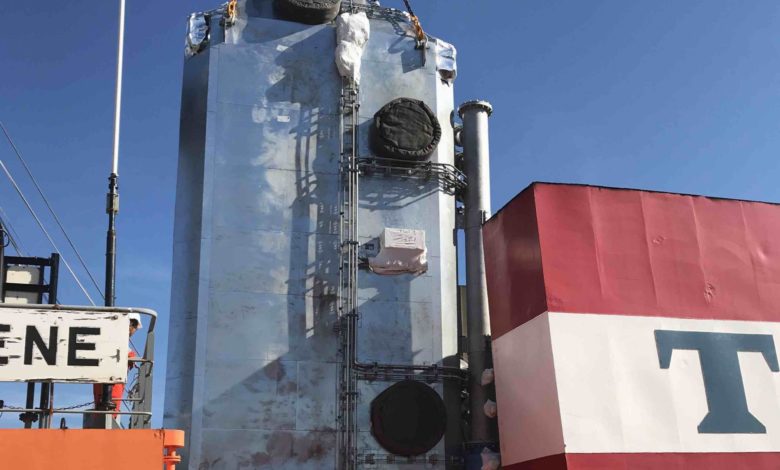
Scrubbers will not be taken into consideration on the Baltic Exchange’s time charter indices. In a major announcement yesterday, the Baltic Index Council (BIC) yesterday announced its decision on the implications of the IMO 2020 sulphur cap for the Baltic Exchange’s timecharter indices. The Baltic will be adding clarifying wording to its capesize, panamax, supramax and handysize vessel descriptions to confirm that the index vessels are not scrubber-fitted. In essence the decision means that the fuel component of the futures contract will increase because the ship is burning LSFO and not HFO with a scrubber.
BIC chairman Stefan Albertijn said: “We are confident that it is the right decision and one which best meets the needs of the shipping markets we serve.”
The clarified vessel descriptions will be applied from April 1 this year.
Baltic Exchange chief executive Mark Jackson said of the consultative process that led to yesterday’s scrubber decision: “This was a lengthy and rigorous process that underscored the robustness of the Baltic’s IOSCO-based index administrative practices. It was essential for us to take the time to gather the necessary evidence and collective feedback, ensuring that our diverse membership and the wider market was properly consulted and provided with an opportunity to be heard. I am pleased that we are able to give the market the clarity it needs.”
